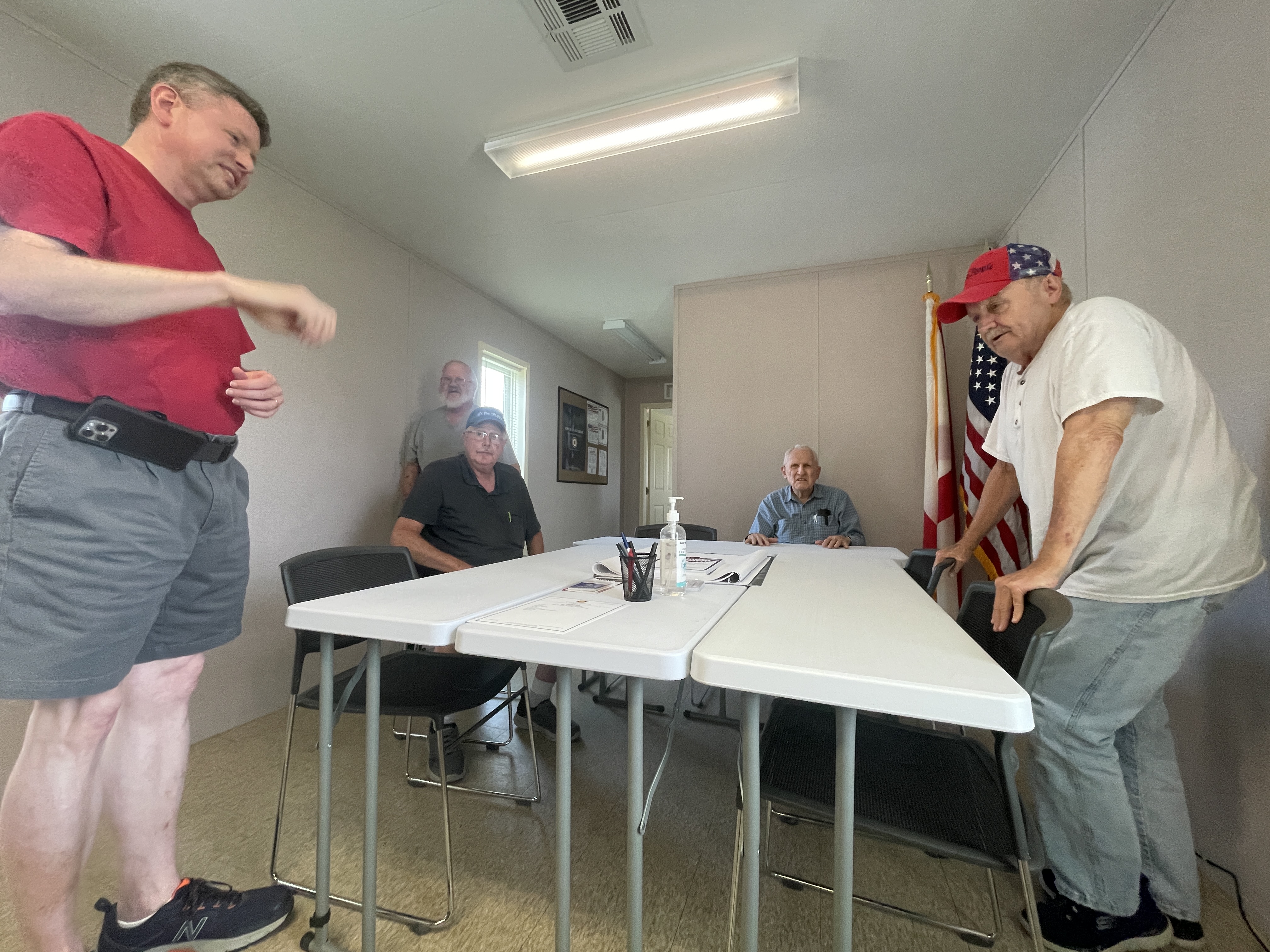Why this Ohio sheriff refuses to let his deputies carry Narcan to reverse overdoses
Published 3:00 pm Sunday, July 9, 2017

- (Stock photo/ morguefile)
No one has come up with a solution to the opioid epidemic that has decimated Rust Belt states, but for people who overdose, Naloxone is about as effective an antidoteas there is. The results of the opioid antagonist, which is sprayed up a person’s nose and reverses the effect of opioid overdoses, have been likened to resurrecting someone from the dead.
Paramedics and firefighters routinely carry the easy-to-administer medication in their vehicles. For police officers in the nation’s hardest hit areas, like southwest Ohio, the Food and Drug Administration-approved nasal spray, known by the brand name Narcan, can be as common as handcuffs. Even some librarians have learned to use the drug to revive people who overdose in their stacks.
But Richard Jones, the sheriff of Butler County, Ohio, raised eyebrows recently when he said that his deputies will never carry the medication.
“We don’t do the shots for bee stings, we don’t inject diabetic people with insulin. When does it stop?” he told The Washington Post.
“I’m not the one that decides if people live or die. They decide that when they stick that needle in their arm.”
Jones said his deputies have never carried Narcan and that has been his stance since he was first elected in 2004, although his words gained traction after he repeated his viewpoint to Cincinnati Enquirer columnist Keith BieryGolick.
Jones said Narcan is the wrong approach for a war on opioids that “we’re not winning,” and said he favored stronger prevention efforts to prevent people from first using the drug.
He told The Post that drug addiction has ravaged this country and his county, and he’s seen the worst of it. He said deputies encountered a man in the jail parking who had just been bailed out by his mother. Both were shooting up heroin in her car. In his time as sheriff, three babies had been born in the jail addicted to drugs, including one in a toilet, Jones said.
Doling out extra medical intervention when someone has overdosed could put his deputies in danger from people trying to hide drugs or avoid prosecution, he said. And addicts, he claims, can wake up agitated and combative when Narcan puts them into immediate withdrawal, an assertion that has been disputed as an outdated stereotype.
Jones’ stance is not a popular one among law enforcement. Deputies in neighboring counties carry the drug, the Enquirer reported, and Jones has been criticized by other law enforcement agencies and harm reduction advocates who are also contending with the epidemic.
Across the country, opioids killed more than 33,000 people in 2015, more than any year on record, according to the Centers for Disease Control and Prevention.
The epidemic is ravaging populations across racial and socioeconomic lines, according to The Post’s Joel Achenbach and Dan Keating. Spurred by overdoses, the death rate for Americans rose 8 percent between 2010 and 2015.
And Ohio and other Rust Belt states are at the center of the epidemic. Opioid-related deaths in Ohio jumped from 296 in 2003 to 2,590 in 2015 – a 775 percent jump, according to the Ohio Department of Health.
At the numbers pile up, police, emergency room workers and others on the front lines are experiencing “compassion fatigue,” said Daniel Raymond, the deputy director of the Harm Reduction Coalition, which advocates for policies that reduce the human consequences of activities such as drug use.
Raymond said Butler’s actions reflect the frustration of a criminal-justice system that has contended with decades of opioid addiction – with no end in sight.
“Naloxone is not a magic bullet, but if there’s one thing we’ve learned about this crisis, it’s that we’re not going to find a magic bullet,” Raymond said. “We need to be attacking this on several fronts.”
He disputed some of Jones’s claims, including one that Naloxone recipients wake up agitated and ready to fight. The drugs put addicts into immediate withdrawal, and some recently-revived people have been antagonistic, but those cases are “outliers,” Raymond said. Most people who are revived are dazed, confused and often nauseous.
“I think he’s maybe working from old information or some stereotypes,” Raymond said. “But if anyone is equipped to handle someone who’s agitated, it’s the police. If I was one of his deputies, I’d almost be insulted.”
Butler County is the same place were a Middletown city councilman floated a three-strikes-style policy for people who repeatedly overdose: Too many and authorities wouldn’t send an ambulance to resuscitate them.
Councilman Dan Picard told The Washington Post that responding to an ever-increasing number of overdose calls threatens to bleed his city dry. He wanted the city’s lawyers to determine whether they could legally refuse to render aid to someone who keeps overdosing.
On Saturday, Jones’ comments were rocketing around the country. He told The Post that he’d faced criticism, but not too much backlash, especially from voters.
But Picard’s statements about his plan had sparked national outrage and an avalanche of angry messages – so much so that the city manager wrote a blog post addressing the outcry.
“Councilman Picard’s comments went viral and we’ve received hate mail, national news coverage and overloaded voice mail and email inboxes,” Middletown City Manager Douglas Adkins wrote.
“Except . . . nothing has changed . . . at all . . . whatsoever. We are responding to every call and rendering aid as needed. We give Narcan where it is appropriate. Period.”





